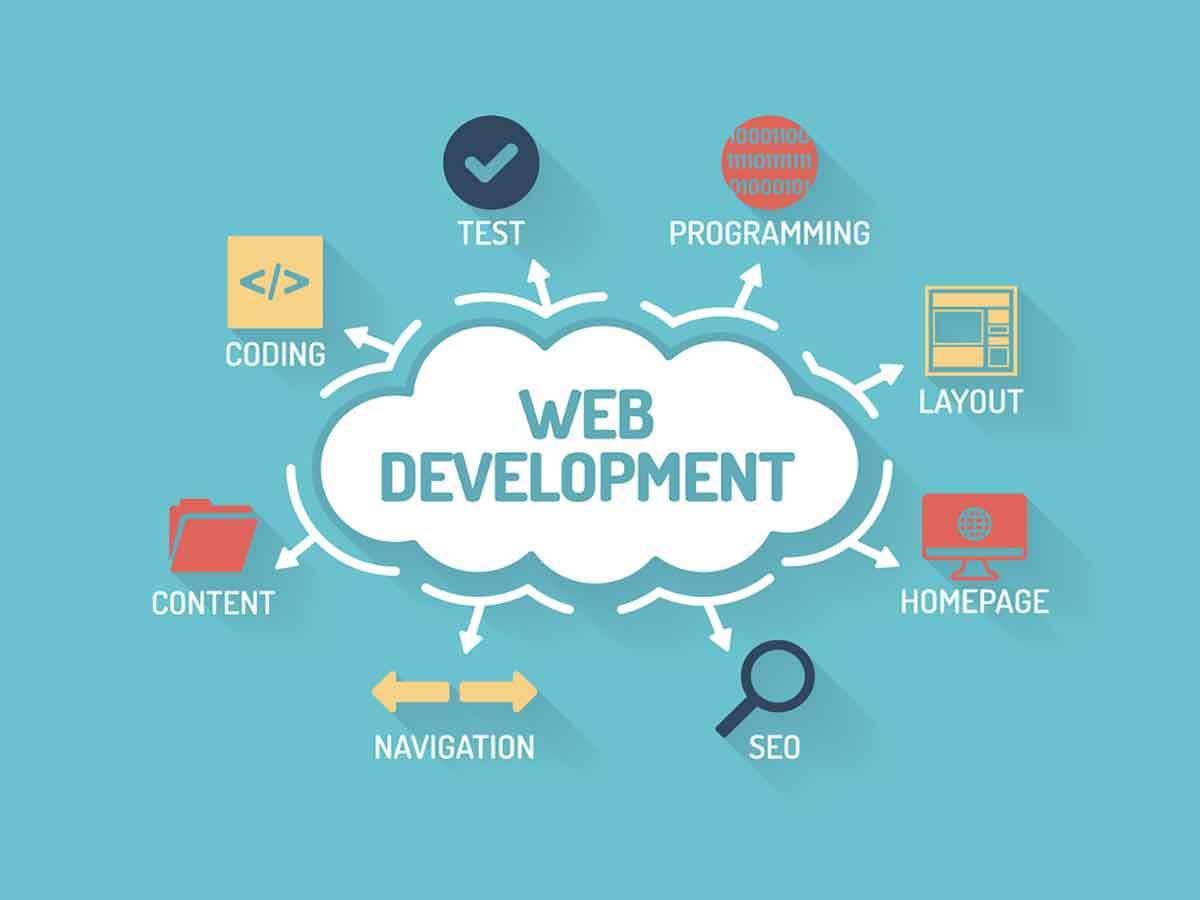Your Guide to Modern Web Advancement: Fads and Finest Practices

Emerging Technologies in Web Advancement
The evolution of web advancement is noted by a relentless pursuit of technology, driven by the wish to enhance individual experience and streamline procedures. Emerging innovations continue to improve the landscape, offering designers effective devices to produce more dynamic and responsive applications. Trick among these technologies are Progressive Web Apps (PWAs), which mix the most effective of internet and mobile applications, offering offline functionality and enhanced efficiency.
An additional considerable development is the surge of Artificial Knowledge (AI) and Equipment Understanding (ML), which allow personalized individual experiences and data-driven decision-making. These innovations promote chatbots, recommendation systems, and enhanced search capabilities, therefore changing just how individuals engage with web applications.
Additionally, the adoption of structures like React, Vue.js, and Angular has revolutionized front-end development, advertising modular design and effective state management. On the backside, serverless design and microservices promote scalability and flexibility, allowing designers to concentrate on creating code without managing framework.
Relevance of User Experience
User experience (UX) has actually come to be a critical focus in internet development, particularly as arising modern technologies reshape communications. A favorable UX not only boosts user complete satisfaction but also drives interaction, retention, and conversions. In a progressively competitive electronic landscape, businesses need to focus on UX to separate themselves and fulfill user expectations.
Reliable UX style is rooted in recognizing user requirements and behaviors. This involves conducting detailed research study, creating user identities, and using use testing to collect insights. By doing so, programmers can produce user-friendly interfaces that help with seamless navigation and reduce friction points.
In addition, a properly designed UX can considerably influence a web site's performance metrics. Researches have revealed that users are more probable to abandon a website if they run into bad use or excessive filling times. On the other hand, a streamlined, user-centric style can bring about reduced bounce rates and raised time invested in the site.
Welcoming Responsive Style

Receptive design employs fluid grids, versatile images, and CSS media inquiries to produce a vibrant layout that adjusts in real-time. This methodology not just enhances functionality but also contributes to improved search engine positions, as online search engine favor websites that offer a regular experience across tools. Furthermore, receptive layout minimizes the demand for several variations of a website, improving upkeep and updates.
Moreover, responsive design fosters better interaction by offering a tailored experience, maintaining users on the site longer and minimizing bounce rates. As consumer actions remains to evolve, purchasing receptive layout is important for services intending to improve consumer satisfaction and drive conversions. In recap, taking on responsive style is not simply a trend; it is an essential technique that aligns with the assumptions of modern-day users, guaranteeing availability and functionality regardless of the device they select to use.
Access in Internet Development
Developing a site that is both responsive and available is important for reaching a larger target market. Accessibility in web growth makes certain that all individuals, no matter of their abilities or handicaps, can properly engage with electronic content. This consists of people with visual, auditory, cognitive, or electric motor impairments.

To accomplish accessibility, developers should abide by the Internet Content Ease Of Access Guidelines (WCAG), which supply a framework for making internet content extra perceivable, operable, reasonable, and durable. Key techniques include making use of semantic HTML aspects, offering alternative message for photos, making sure enough color contrast, and enabling keyboard navigating.
In addition, applying ARIA (Obtainable Rich Internet Applications) qualities can enhance ease of access, especially for dynamic content and advanced individual interfaces. Evaluating with genuine users, including those with handicaps, is crucial to identify prospective obstacles and improve individual experience.
Ultimately, focusing on accessibility not just enhances conformity with lawful standards but additionally cultivates inclusivity, permitting organizations to get in touch with a wider audience. As internet advancement proceeds to progress, magento web development perth embedding accessibility into the style and advancement procedure is not just a finest practice; it is an honest obligation that profits everybody.
The Increase of Progressive Web Apps
A significant change in internet growth has emerged with the increase of Progressive Web Apps (PWAs), which effortlessly incorporate the finest attributes of mobile applications and standard sites. perth australia web development perth. PWAs are created to give individuals with a quickly, trusted, and engaging experience, despite their internet connection. This is accomplished through service employees, which make it possible for offline abilities and background syncing, making certain that individuals can access material also in low-connectivity scenarios
PWAs additionally leverage receptive layout concepts, guaranteeing that they function smoothly across a variety of devices and screen sizes. This adaptability is crucial in a period where customers progressively depend on mobile phones for their on the internet tasks. Furthermore, PWAs eliminate the demand for separate application store installations, enabling for less complex and much more available distribution.
The advantages reach companies too. PWAs can lead to boosted user involvement, greater conversion rates, my site and reduced advancement expenses by maintaining a solitary codebase for both internet and mobile systems. As organizations strive to enhance user experiences while taking full advantage of performance, the adoption of Progressive Web Apps remains to expand, strengthening their condition as a vital trend in modern-day web advancement.
Verdict
Finally, modern-day internet development magento web development perth necessitates a complex strategy that encompasses arising innovations, user experience, receptive style, accessibility, and the execution of Progressive Internet Applications. Abiding by these fads and best practices not just improves customer interaction but also cultivates inclusivity, guaranteeing that electronic content is easily accessible to varied target markets. By prioritizing these elements, developers can create impactful applications that meet the advancing demands of customers in an increasingly digital landscape.